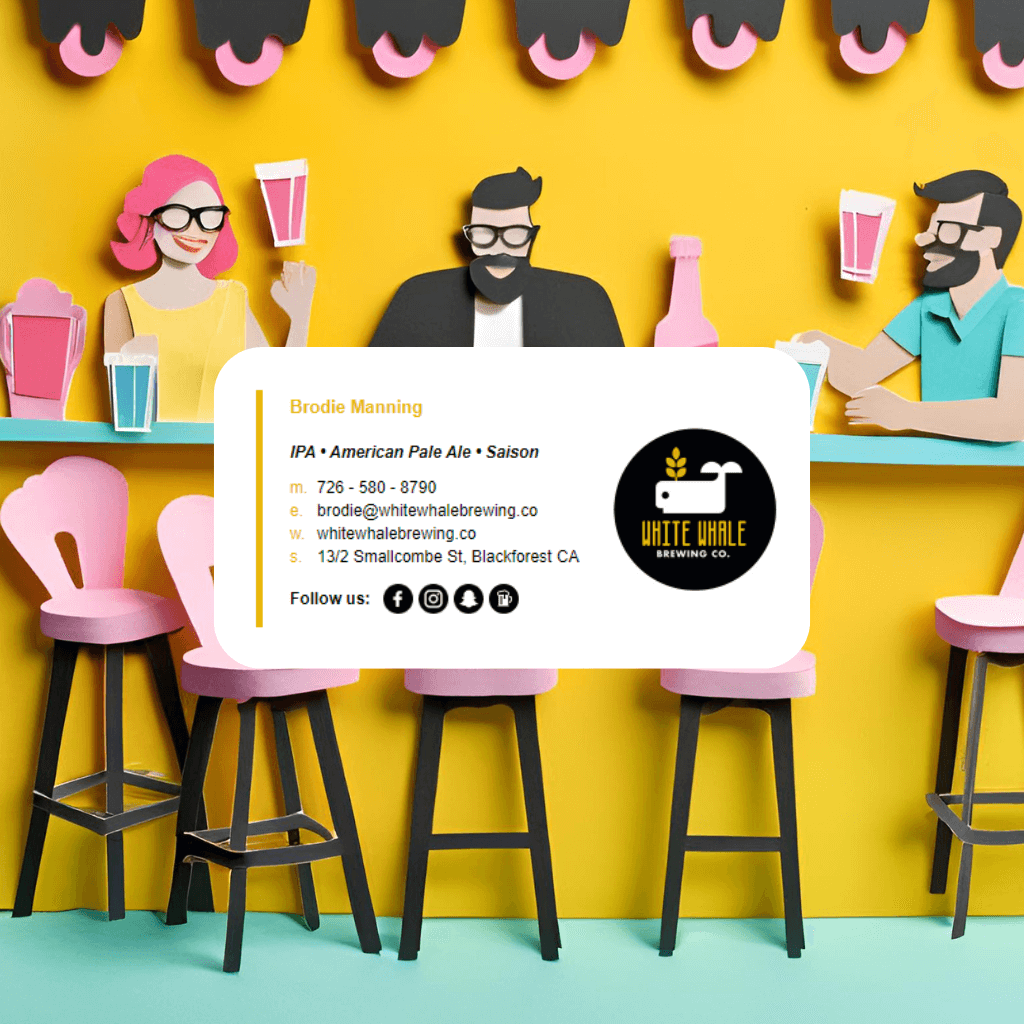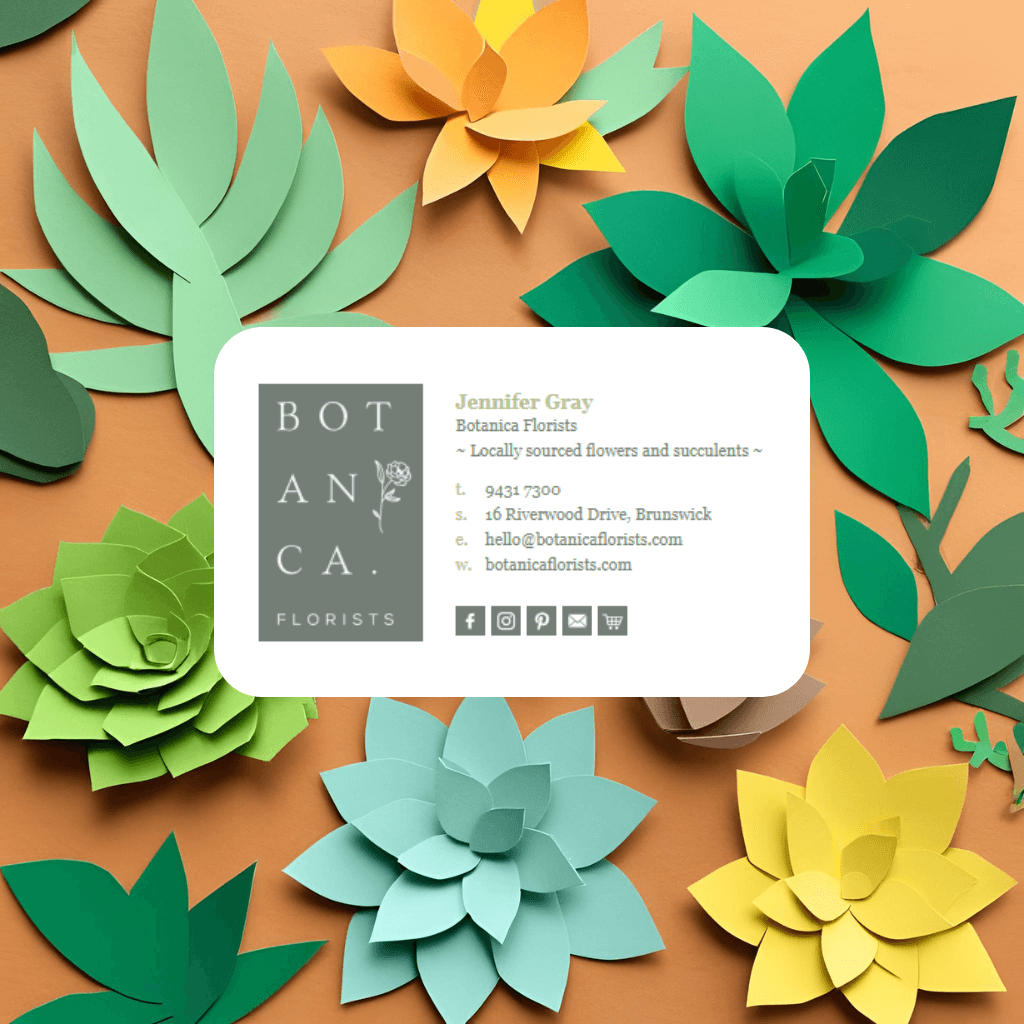What is an Email Signoff?
An email signoff (or closing) is the final part of your email, where you wrap up your message and prepare to say goodbye. It typically consists of a closing phrase (like “Best regards,” “Sincerely,” or “Cheers”), your name, and any other relevant information such as your title, company, and contact details.
While the email body delivers the message, the signoff creates an opportunity to make a final impression. A thoughtful signoff can reinforce the tone of your message and even prompt the recipient to take a desired action—whether it's following up, scheduling a meeting, or simply keeping the conversation going.
Why Email Signoffs Matter
Your signoff is more than just a polite gesture—it's a strategic communication tool that can:
- Enhance Professionalism: A well-chosen signoff shows attention to detail and reinforces your credibility.
- Set the Tone: Depending on the closing you choose, you can convey warmth, formality, enthusiasm, or empathy.
- Promote Engagement: Including calls to action or links in your signoff can encourage recipients to take further steps.
- Personalize Communication: The right signoff can help you tailor your emails to specific audiences or situations.
- Strengthen Brand Identity: Using a company-specific signoff or including branding in your signature can reinforce your organization's image.
Best Practices for Crafting an Effective Email Signoff
1. Choose a Signoff That Matches the Tone of Your Message
The closing of your email should match the overall tone of your message and your relationship with the recipient. Here are some common signoffs and when to use them:
- Formal and Professional:
- Sincerely: One of the most common formal signoffs, ideal for business correspondence, cover letters, and first-time communication.
- Best regards: A slightly less formal but still professional option suitable for most business emails.
- Yours faithfully: Typically used in formal British English, particularly for letters where the recipient’s name is unknown (e.g., “Dear Sir/Madam”).
- Kind regards: A polite and somewhat warmer variation of “Best regards,” suitable for both formal and semi-formal emails.
- Informal and Friendly:
- Best: A simple and friendly signoff that’s still professional, but more relaxed.
- Cheers: Common in British English, this casual signoff works well with colleagues or clients you know well.
- Take care: A warm, personal signoff often used when the tone is friendly or the email is more personal in nature.
- Casual and Creative:
- Thanks: Direct and to the point, ideal when you’re expressing gratitude.
- Talk soon: Friendly and approachable, great for continuing conversations.
- Looking forward: Perfect for emails where you’re anticipating future action or collaboration.
Tip: Avoid using overly casual signoffs like "Later," "See ya," or "Peace out" in professional or business contexts, as they may come across as unprofessional.
2. Include Your Full Name, Title, and Contact Info
Your email signature should contain all the necessary details that allow recipients to easily contact you or learn more about your role or company. The standard components of an email signature include:
- Your full name: Make sure your recipient knows exactly who the email is from.
- Your title or position: This gives context to your role and how you relate to the recipient.
- Company name: If you're representing a company, include its name to reinforce your affiliation.
- Contact details: Phone number, website, or LinkedIn profile—whatever is appropriate for the conversation.
- Social media links (optional): Include links to professional networks like LinkedIn, Twitter, or other platforms where you're active.
For example:
Best regards,
John Doe
Marketing Manager | XYZ Company
Phone: (123) 456-7890 | www.xyzcompany.com
LinkedIn: [Link]
3. Keep It Concise and Simple
Your email signature should be clear and easy to read. Keep it simple—avoid cluttering your signoff with too many images, disclaimers, or long lists of information. The key is to make it easy for your recipient to find the information they need without feeling overwhelmed.
- Don’t overdo it: Stick to the essential contact details and one or two links.
- Use line breaks: If you have multiple pieces of information to include (e.g., phone number, company website, social media), separate them with line breaks for better readability.
- Font consistency: Make sure the font in your signature matches the body of your email for a unified look.
4. Use Your Company’s Branding
If you’re sending an email on behalf of your company, you can incorporate your company’s branding into your signature. This could include the company logo, a branded email signature template, or a consistent color scheme. Keep in mind that your email signature is an extension of your brand and should align with your company’s visual identity.
For example, if your company has specific guidelines for email signatures (e.g., logo size, colors, or wording), make sure to follow them. Consistency in email communication builds credibility and trust with recipients.
5. Add a Call to Action (CTA)
A well-placed call to action in your email signature can encourage recipients to take the next step. This could be as simple as inviting them to schedule a call, visit your website, or check out your latest blog post. Make sure the CTA is relevant to the context of your email and is framed in a non-pushy, helpful way.
Examples:
- “Schedule a meeting with me: [link]”
- “Check out our latest products here: [link]”
- “Follow us on social media: [social links]”
Examples of Effective Email Signoffs
1. Formal Business Email:
Sincerely,
Jane Doe
Senior Account Manager | ABC Corp.
Phone: (555) 123-4567 | www.abccorp.com
LinkedIn: [Link]
2. Casual Email to a Colleague:
Best,
Tom Harris
Product Development Lead | XYZ Tech
www.xyztech.com
Follow us on Twitter: [Link]
3. Customer Service Email:
Kind regards,
Rachel Green
Customer Service Representative | Green’s Goods
Phone: (800) 555-1234 | www.greensgoods.com
Have a question? Visit our Help Center: [Link]
4. Email with a CTA:
Best regards,
Michael Scott
Regional Sales Manager | Dunder Mifflin
Phone: (555) 555-5555 | www.dundermifflin.com
Let’s connect on LinkedIn: [Link]
Schedule a demo with me: [Link]
Your email signoff is more than just a way to end your message—it's a chance to reinforce your professionalism, foster relationships, and promote your brand or business. Whether you choose a formal “Sincerely” or a casual “Cheers,” your signoff should match the tone of your email and your relationship with the recipient.
By following best practices—keeping it concise, maintaining consistency with your company’s branding, and adding a well-placed call to action—you can turn every email into an opportunity to leave a positive, lasting impression. So next time you’re drafting an email, take a moment to think about your signoff. A thoughtful close can make all the difference.












